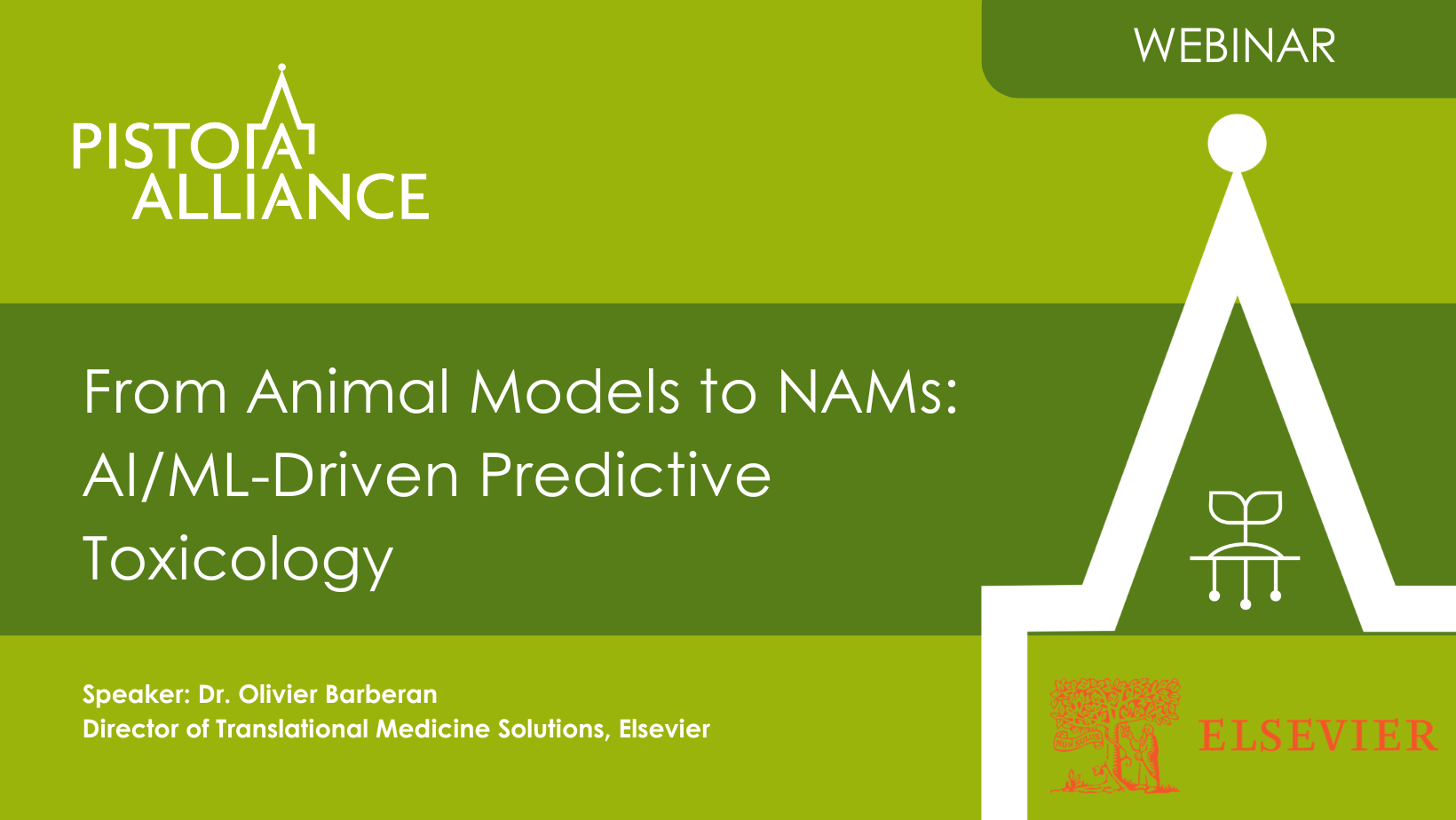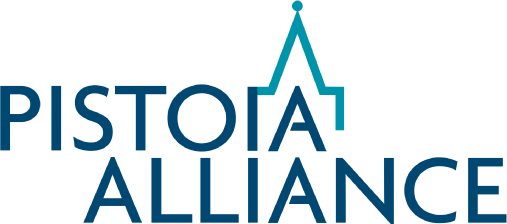
Dr. O. Barberan’s presentation highlights a paradigm shift in toxicology, driven by AI, ML, and NAMs, to fundamentally replace traditional animal testing. By integrating human-relevant models—such as organoids, high-content imaging, and mechanistic computational tools—the approach aims to overcome the predictive shortcomings of animal models, particularly species differences and translational failures in DILI.
Evidence shows that NAMs often outperform animal models in forecasting human toxicity, especially when combined with mechanistic insights like UGT enzyme inhibition, which bolster regulatory confidence.
AI-driven frameworks, exemplified by CardioGenAI and Cell Painting And/or Gene expression, demonstrate how de novo chemoinformatics can effectively mitigate off-target cardiotoxicity risks.
This holistic, data-rich approach promises to improve safety prediction accuracy, reduce costs, and accelerate development timelines, while aligning with evolving regulatory standards—paving the way for more predictive, ethical, and efficient drug discovery.
Speaker
Dr. Olivier Barberan – Director of Translational Medicine Solutions, Elsevier Life Science Solution
